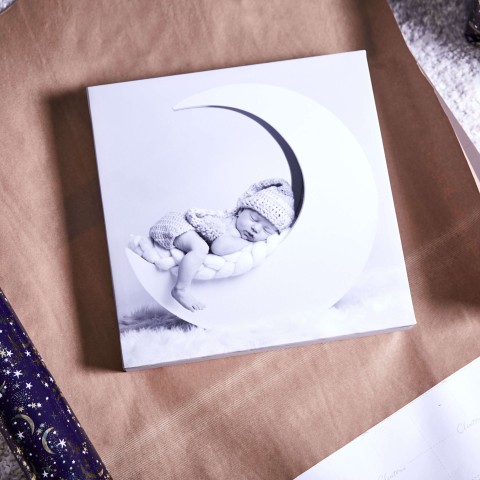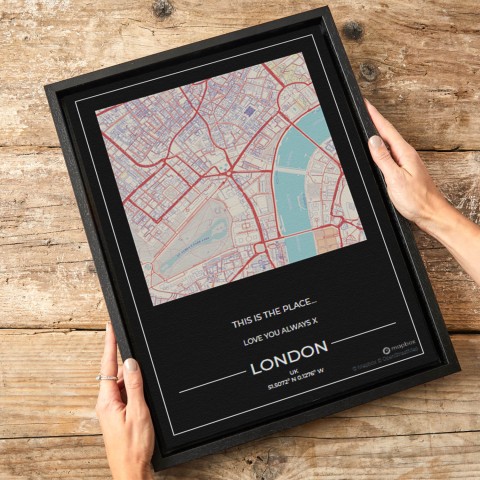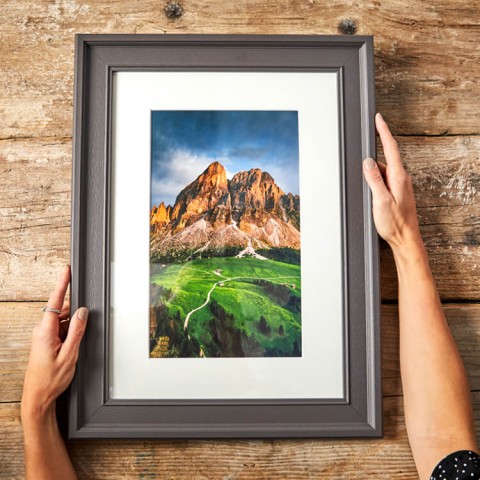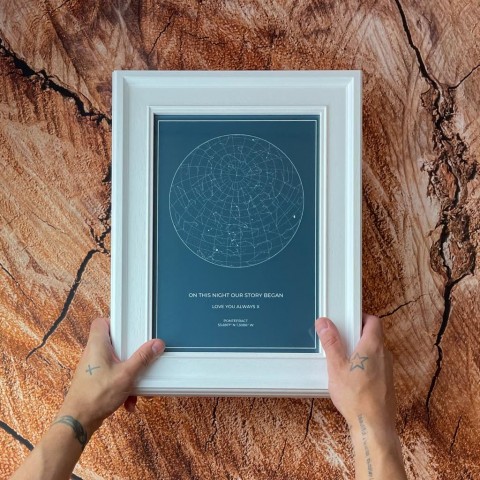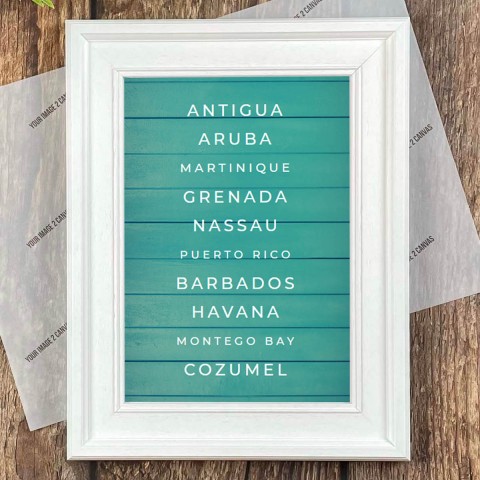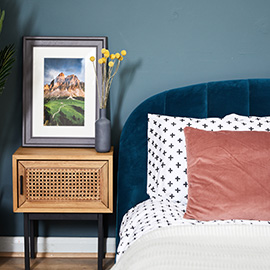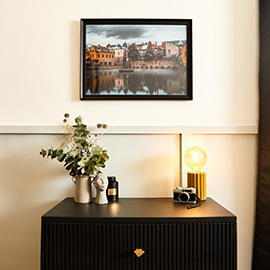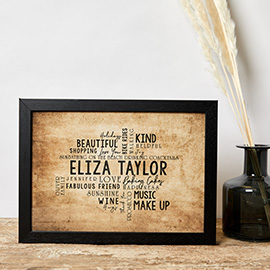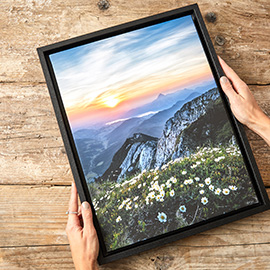Our Guide To Lens Filters
This week, our guide to lens filters will help you to demystify this often misunderstood - but essential - camera accessory. Filters can act as simple lens protection or serve many photographic purposes, but how do you choose the correct one for the job? Let’s find out...
Lens filter quality
Before we dive into the many different types of filters available, a word on quality is necessary.
The old adage ‘buy cheap, buy twice’ definitely applies to lens filters, so don’t be afraid to consider these little glass disks as investments. After all, you’ve spent a fortune on your lenses, so why would you put inferior glass in front of them? Buy quality and they’ll last you a lifetime and give great service.
Types of filters
No guide to lens filters would be complete without a quick rundown of the types of filters and their uses:
Protective – All filters protect the glass of your lens, but these ones provide protection without impacting on the image quality or exposure of your shots because they’re made of clear glass.
UV (ultraviolet) – Designed to reduce UV light, these filters help to increase both contrast and sharpness by reducing haze. Expect them to make your images about half a stop darker.
Polariser – Probably the most popular filter, the polariser is used to almost completely cut out reflections and glare on shiny objects and water, and increase colour depth in your skies – making it a landscape photographers ‘go-to’ filter. Essential if you’re planning on taking pictures of objects under water, but also a ‘must have’ for photo walks on a bright sunny day.
Neutral density filter – ND filters are used to reduce the amount of light that hits the sensor. They allow you to shoot at very wide apertures in bright conditions by reducing shutter speed, or take beautiful long exposure shots of blurry water. ND filters are often bought as a set offering 1-4 stops of exposure compensation, but it’s possible to buy them with up to 10 stops of filtration.
Graduated ND filter – One of the hardest jobs for a landscape photographer is the exposure difference between the sky and the landscape. Graduated ND filters offer the same light reducing properties as ND filters, but only through half of the glass, so that you can equalise the sky and landscape exposures. They come in soft and hard graduations which blend the exposures gently or very definitely.
If you want to improve your photography and canvas prints, a set of filters may be the answer you’re looking for, and we hope this quick guide to lens filters will help you to make the right choice for your photography.


